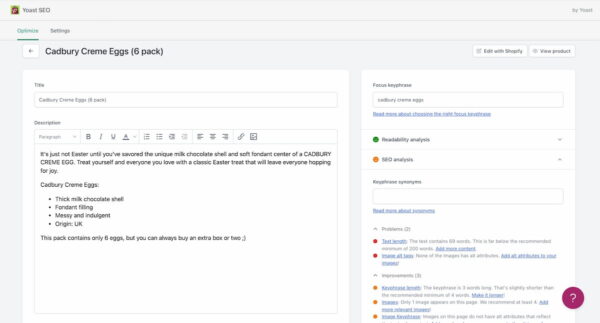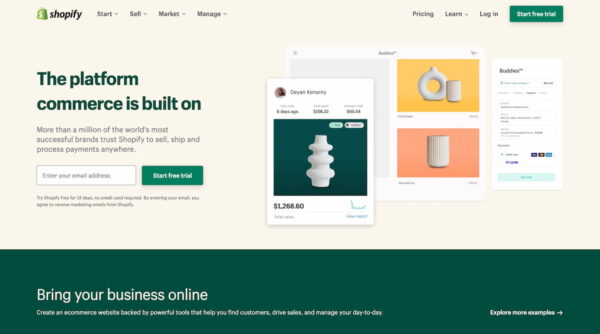Does it seem like everyone is jockeying for a job with the Big Four? Or, maybe you've started working for one, and it's not going as well as you thought it would. Sure, you have a generous salary, but perhaps you're tired of working from a windowless cubicle or fighting heavy traffic every day.
If you're burned out by working for large corporations, a job with a small business could be a smart move—and one that could pay huge dividends for your career. Here's how.
What Is a Small Business?
A small business isn't just your local cupcake bakery with four employees. The Small Business Administration (SBA) defines a small business as a company with up to 1,500 employees that generates no more than $41.5 million in annual revenue. And small businesses employ more than 40% of working Americans.
The Advantages of Working for a Small Business
There are numerous benefits to working for a small business. Here are just a few reasons to consider a job with a small company for your next career move.
— Expand Your Skill Set
Employees who work for a small business may wear a lot of hats. You might be helping manage the ecommerce store in addition to updating social media and writing ad copy. Or, you might not only work as a UX Designer creating mock-ups of apps, but you could also be helping market the product.
Working for a small business, you'll get to try many new things to build your skill set for future opportunities.
— Enjoy More Flexibility
A large, widely-known Fortune 500 company may not be as willing to embrace remote or hybrid work, although many are shifting their views. Attempts to negotiate flexible work options can be difficult since there can be more red tape with corporate policy.
A small business has less bureaucracy, so it can be easier to negotiate the hybrid or remote work options you desire.
— Easily Access Leadership
At a large company, there's a slim chance you'll ever interact with senior leaders, like the CEO. However, at a small company, you might be meeting with the CEO regularly to provide updates as the sole marketer. Or, they may hold company town halls to discuss policy changes or goals for the upcoming quarter.
This access allows you to demonstrate your value to senior leadership, which means that working for a small business could provide opportunities to grow your career within the company.
Start Working for a Small Business Today
While a small business may not come with an internationally-known name or large salary, there can be numerous benefits to working for one. A small company can provide you the valuable opportunity to learn new skills, enjoy flexible working options, and meet with senior leadership.
Ready to enjoy the flexibility of working for a small business? Since 2007, FlexJobs has provided job seekers with access to a scam-free jobs board to help them land their next hybrid or remote role. Explore the benefits of a FlexJobs membership today!




